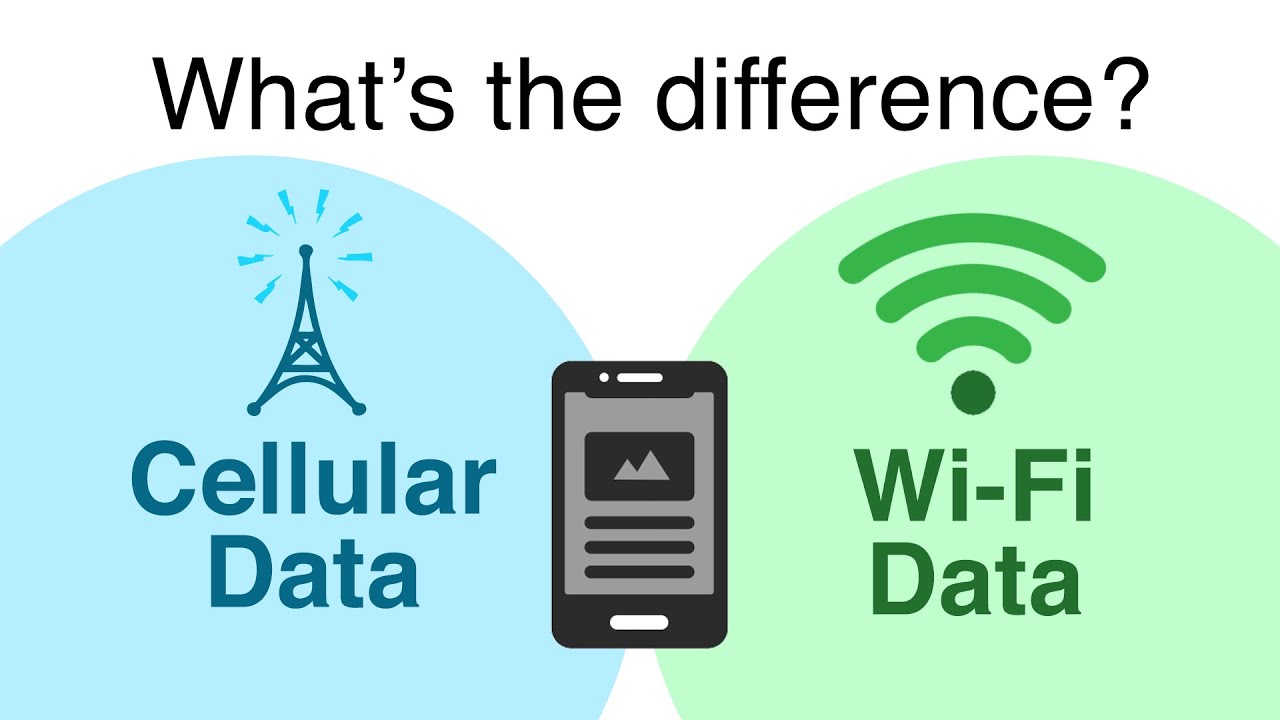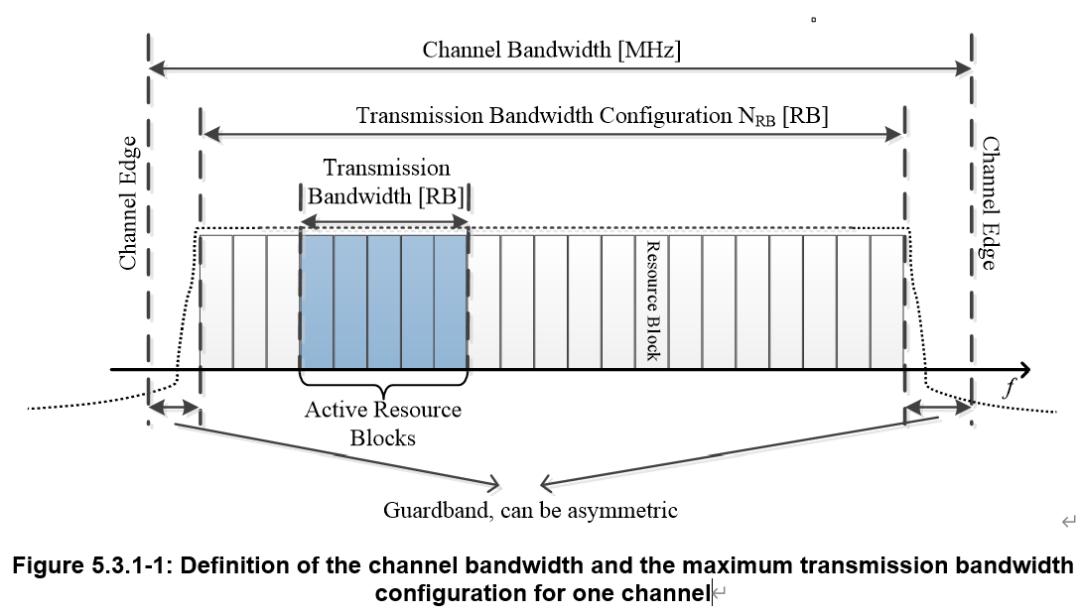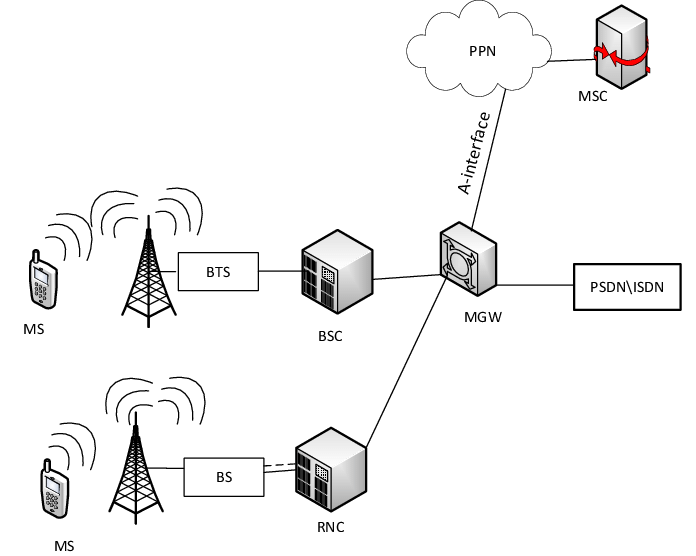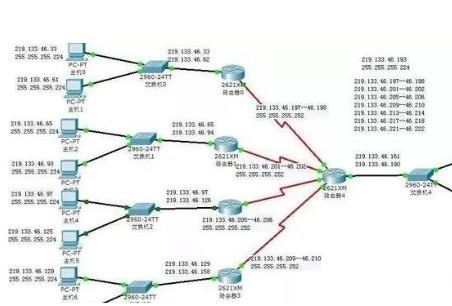Overview of cellular networks
A cellular network is a wide area network (WAN) technology used for wireless communication. It relies on mobile communication base stations and a cellular architecture to connect base stations and mobile devices, providing mobile communication services across large geographic areas. Cellular networks use various radio technologies such as GSM, CDMA, LTE, and 5G to support voice calls, data transmission, and global roaming.
Overview of wireless local area networks
A wireless local area network (WLAN), commonly called Wi-Fi, is a local area network (LAN) technology that transmits data via radio signals. It is typically used to cover small areas such as homes, offices, and retail spaces, providing wireless connectivity within that limited range. WLANs are built around wireless routers or access points, and devices connect to the network wirelessly to communicate with each other and access the Internet.
Key differences
The main differences between cellular networks and WLANs are coverage area and typical use cases. Cellular networks are suited for wide-area mobile communication, supporting voice, data, and roaming across broad regions. WLANs are intended for local wireless connectivity within a confined area and are commonly used for in-home, office, or small venue Internet access.
Are cellular-enabled devices necessary?
A cellular-enabled device refers to any device that supports mobile cellular connectivity such as 2G, 3G, 4G, or 5G. For many users, having cellular connectivity on a phone or other mobile device is important for maintaining communication and access to network services when Wi-Fi is not available.
Benefits of cellular-enabled devices
- Mobile communication: Cellular-enabled devices allow users to make voice calls, send text messages, and exchange email at most locations covered by a cellular signal.
- Internet access and app usage: Cellular connectivity enables web browsing and app use, including social media, e-commerce, and mobile banking, without relying on a Wi-Fi network.
- Navigation and mapping: Devices with cellular connectivity can provide location services for navigation and mapping applications, which is useful for travel and location finding.
- Real-time information: Cellular devices can receive real-time updates such as news, weather, stock quotes, and sports scores. Push notifications deliver timely alerts and messages.
- Emergency communication: Cellular connectivity provides a means to contact family, emergency contacts, or emergency services when needed, as long as there is cellular coverage.
Summary
Cellular-enabled devices offer convenient mobile communication and Internet access across wide areas, while Wi-Fi remains the preferred option for local, high-bandwidth connectivity within homes, offices, and similar environments. The choice between relying on cellular connectivity or Wi-Fi depends on the user’s mobility, coverage needs, and specific application requirements.
 ALLPCB
ALLPCB








